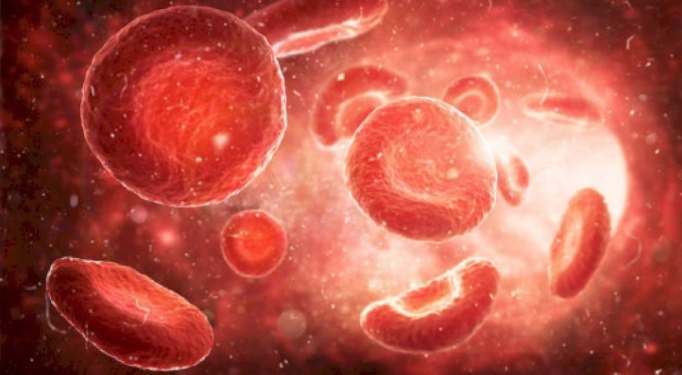Blood Plasma Dilution Allows For the Rejuvenation of Tissues
- icshealthsciencejournal

- Jun 22, 2020
- 2 min read
Updated: Jun 24, 2020
Blood Plasma Dilution Allows For the Rejuvenation of Tissues
Written By: Nayada Deevisetpunt
June 22, 2020
Researchers from the University of California, Berkeley, made an astonishing discovery in 2005. They found that the sharing of blood and organs from young and old mice can “rejuvenate tissues and reverse the signs of aging in the old mice.” This finding allowed researchers to investigate further whether blood from a youngster might include specific proteins or molecules that could provide a “fountain of youth” for mice and even humans.
A more recent study by the same team, however, reveals that these age-reversing effects can also be carried out by diluting the blood plasma of old mice instead of using blood from the young ones. The team discovered that by replacing half of the blood plasma with a mixture of saline and albumin in the old mice, there are stronger rejuvenation effects acting on the brain, liver, and muscle than by exchanging it with young blood. Due to this finding, the researchers now shift their focus towards the benefits of removing harmful factors in old blood and away from young blood. “Young blood or factors are not needed for the rejuvenating effect; dilution of old blood is sufficient,” mentioned Irina Conboy, a professor of bioengineering at UC Berkeley.
A clinical procedure called therapeutic plasma exchange or plasmapheresis alters the composition of blood plasma in humans. With this procedure, the team is studying trials to determine whether plasma exchange in humans could actually improve the health of older individuals and treat diseases associated with age such as muscle wasting, immune deregulation, neuro-degeneration, and even Type 2 diabetes.
To test it out, Conboy and her colleagues started to perform what is called the neutral blood exchange. The team swapped out part of the animal’s blood plasma with a solution containing saline and albumin. “We thought, ‘What if we had some neutral age blood, some blood that was not young or not old?” said Michael Conboy. Conboy also added, “by diluting the bad stuff in the old blood, it made the animal better. And if the young animal got worse, then that would mean [that] diluting the good stuff in the young animal made the young animal worse.” The results came out that the neutral blood exchange significantly improved the old mice’s health, allowing the researchers to perform an analysis on blood plasma from humans as well. They compared the plasma exchange process to a molecular reset button, as it lowers the number of pro-inflammatory proteins that increase with age, and at the same time provides beneficial proteins such as those that promote vascularization to the body.







Comments